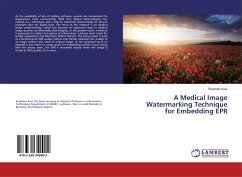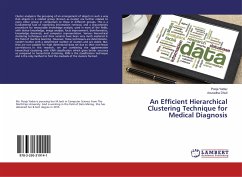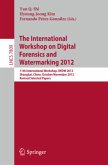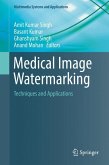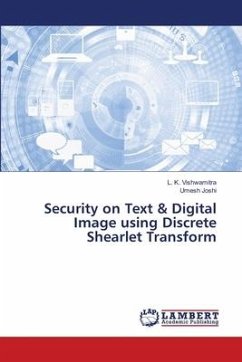As the availability of lots of editing software, people can manipulate the images/data more conveniently. With this, Digital Watermarking has evolved as a technique and a tool to overcome shortcomings of current copyright laws for digital data. The focus of this research is on medical image watermarking, which has become an important issue in medical image security, confidentiality and integrity. In the present work, a method is proposed to embed two pieces of information: a binary mark (used for quality assessment) and Electronic Patient Record. The binary mark is used as a No-Reference (NR) quality metrics that blindly estimates the quality of an image without the need of original image. In the proposed work an attempt is also made to create space for embedding patient record along with the binary mark. The EPR is recovered exactly when the image is stored at JPEG quality 30 or more.
Bitte wählen Sie Ihr Anliegen aus.
Rechnungen
Retourenschein anfordern
Bestellstatus
Storno

